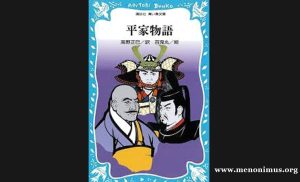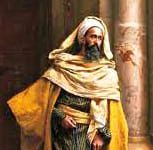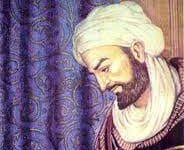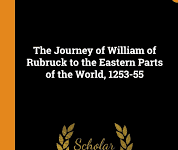The Tale of the Heike | Heike Monogatari | A Review
The Tale of the Heike Heike Monogatari A Review
The Tale of the Heike (Heike Monogatari)-A Review
The Tale of the Heike (Heike Monogatari) is a classic Japanese epic narrative that recounts the struggle for power and supremacy between the Taira (Heike) and Minamoto (Genji) clans during the late 12th century in Japan. It is one of the most famous examples of medieval Japanese literature and provides valuable insights into the historical, cultural, and societal aspects of the time.
The narrative is divided into multiple chapters or scrolls, and it combines historical accounts with elements of legend and myth. The Tale of the Heike is not just a straightforward historical record; it’s also a work of literature that blends fact and fiction to create a compelling narrative.
The central focus of the tale is the Genpei War (1180–1185), a series of battles and conflicts between the Taira and Minamoto clans. The Taira clan, led by Taira no Kiyomori, had risen to power and held control over the Imperial court. The Minamoto clan, under the leadership of Minamoto no Yoritomo and his allies, sought to challenge the Taira dominance and restore the Minamoto clan’s authority.
The narrative is rich with characters, both historical and fictional, each representing different virtues, flaws, and aspects of the samurai code (bushido). It’s a tale of loyalty, betrayal, tragedy, and the impermanence of worldly power. The famous battle of Dan-no-ura serves as the climax of the story, where the Taira clan is decisively defeated by the Minamoto forces.
One of the most well-known episodes from the tale is the tragic story of the young Taira no Atsumori and Minamoto no Yoshitsune. Atsumori, a member of the Taira clan, is slain by Yoshitsune, a Minamoto warrior, in a poignant encounter that highlights the complexities and sorrows of war.
The Tale of the Heike is not just a historical narrative; it also contains elements of Buddhist teachings and reflects the Buddhist concept of impermanence. It illustrates how the pursuit of power and material desires ultimately leads to downfall and suffering.
The tale has been passed down through generations and has had a profound influence on Japanese literature, theater, and art. It has been adapted into various forms, including Noh and Kabuki plays, novels, and contemporary media.
Overall, The Tale of the Heike stands as a significant literary work that provides readers with a glimpse into medieval Japan, its culture, conflicts, and the enduring themes of human nature. 0 0 0.
The Tale of the Heike Heike Monogatari A Review
You May Like: Beowulf-A Review
N.B. The article ‘The Tale of the Heike’ originally belongs to the book entitled ‘The Reviews of Epic Literature Around the World Vol-II‘ by Menonim Menonimus.








